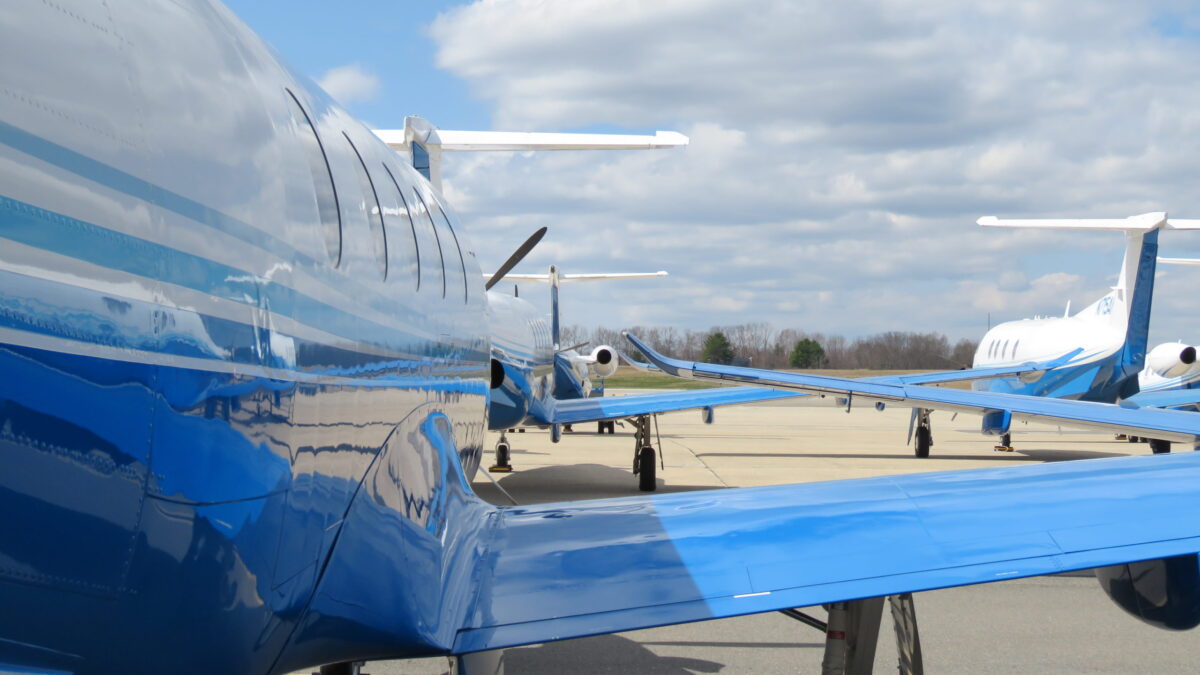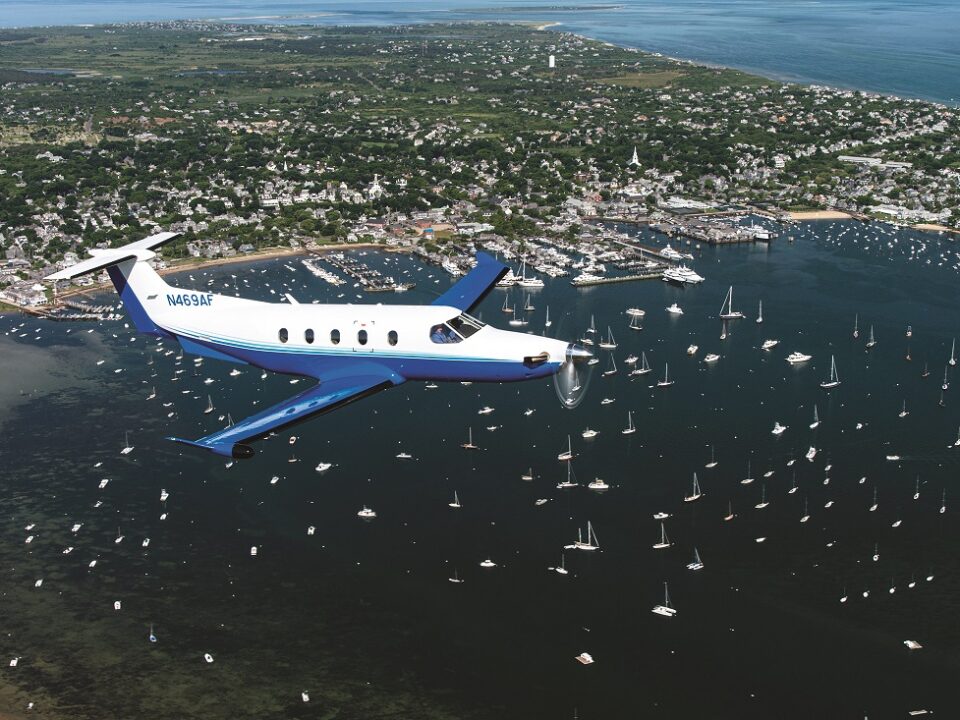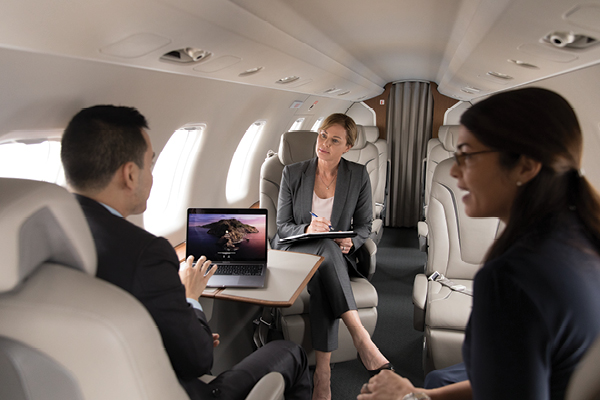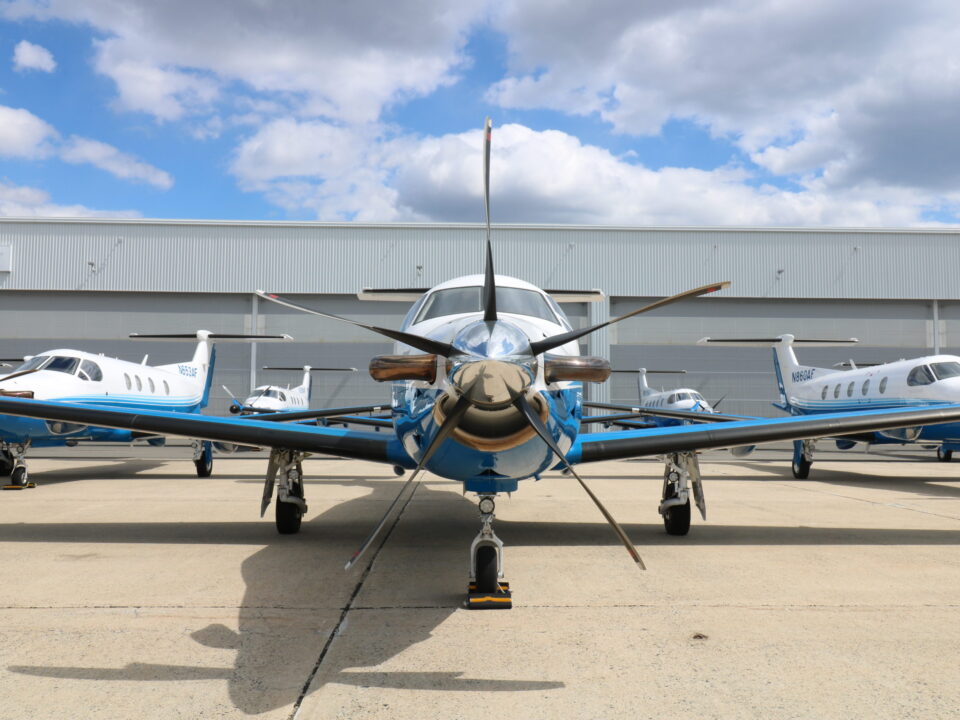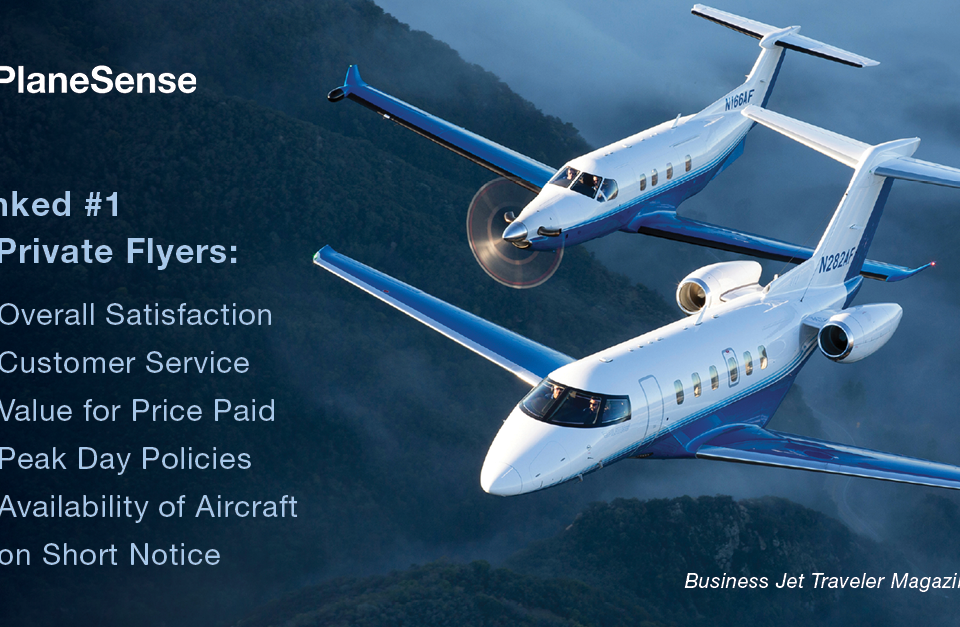With countless private flight programs on the market, choosing a provider such as a trusted fractional program, jet card, or private aviation membership requires careful consideration. You must not only understand your flight needs but also the complexities of each program, the options that are included, and the costs associated. Whether buying a fractional share, jet card, or membership, keep these things in mind when studying the proposals before you:
Analyze Aircraft Ownership Costs
No two programs are alike – from available aircraft to program options, every proposal is going to look vastly different. Some, like the PlaneSense® fractional program, will always err on the side of full transparency, laying out all the costs and every last fee so you know exactly the costs expected. Others may present the major acquisition costs and later introduce the additional fees associated, such as insurance costs. This can result in all-in costs across the spectrum. Carefully scrutinize the details presented to you and don’t be afraid to ask the tough questions about fees that may surface later:
- Will my hourly rate be higher during periods of high demand?
- Are there additional fees for specific airports or FBOs?
- What taxes will I be assessed?
- Is there a minimum flight time I will be charged even if the actual duration of my flight is shorter?
- What are the repositioning fees?
- Are there charges for ground delays?
- Are there annual insurance premiums I will be expected to pay?
- What other additional costs I can expect?
One private flight program may look as if it has the better all-in cost until you’re able to compare all the fee variables equally.
Know When You Can Fly
One of the greatest benefits of flying privately is the ability to fly on your schedule. With the exception of programs that offer ridesharing or scheduled routes, you determine when you’re going to fly. Many programs, such as jet cards and private jet memberships, will include a number of blackout dates – days you are not permitted to fly. These are typically built around periods of high demand, holidays, key events, and other parameters. Others, such as the PlaneSense® fractional program, build in a small number of Peak Days that are designed to help to schedule all requested flights during periods of high demand. You can still fly on these days, but you may be required to be slightly flexible about departure times in order to accommodate all reservations.
It’s important to understand your flight needs and the restrictions to which you might need to adhere. If you can be flexible with your departure days, blackout dates may not impact you much. However, some programs may include a substantial number of blackout dates, which could ultimately impact your ability to fly when needed. Closely study the restrictions before buying into any private flight program or you may find yourself in a bind when you need to fly most.
Choose the Right Private Aircraft
Like the array of private flight programs available, no two aircraft are alike. There are many options from which to choose, and not all will fit your flight needs. Before you buy into the wrong aircraft, ask yourself a few key questions to ensure you select a program with aircraft that can get you where you need to go:
- Where do I need to fly?
- What is the range of my typical flights?
- How many passengers will I need to accommodate on a regular basis?
- What are my cargo needs?
- What cabin features are important to me?
- Will I need access to different aircraft at times?
- What will be my “all-in cost” per hour when I fly?
Your answers to these questions will help you define your aircraft needs and select the right private flight program. For example, if you require regular travel to Europe or fly with many passengers, you will need a program that provides larger aircraft with extensive range capabilities. If you primarily fly with only a few passengers and need shorter flights, such as regular trips from White Plains, NY to Nantucket, MA or Washington, DC, a smaller aircraft, like the Pilatus PC-12, may be the better fit. For regular travel from metro airports, such as Chicago, IL to Atlanta, GA a light private jet, like the Pilatus PC-24 jet, may be the perfect solution.
Travel to small, remote airfields such as those found on many islands in the Bahamas, will require an aircraft with exceptional short runway performance. The PC-12 and PC-24 both have the ability to access very short runways with the comfort of a luxury aircraft. The PC-12 is even able to safely and comfortably land on unimproved runways, including grass, dirt, and crushed coral. Larger aircraft will be unable to access many of the shorter runways available to the PlaneSense® fleet.
Ultimately, your best private flight solution may be a diverse portfolio of programs that provides you with the right aircraft and flight options to fit your individual flight needs.
Look Closely at the Operation
Every private flight program is managed differently. Some offer complete management of the program, while others employ third party vendors. Important things to consider:
- Who trains the pilots and do they work for other companies?
- Who performs the maintenance?
- Who is managing flight scheduling?
The PlaneSense® fractional program manages all of these components in-house to ensure the highest quality of operations, safety, and expertise across all aspects of the program. The company has become known in the industry for its robust training programs and teams dedicated to the highest levels of service. Other programs may fulfill certain aspects of their program through third-party vendors, which may impact quality. Select the program that best fits your values.
With a little extra scrutiny of the costs, availability, aircraft, and program operations, you’ll soon find the program perfect for you.
Learn more about the PlaneSense® advantage for private flying. Contact us today.



